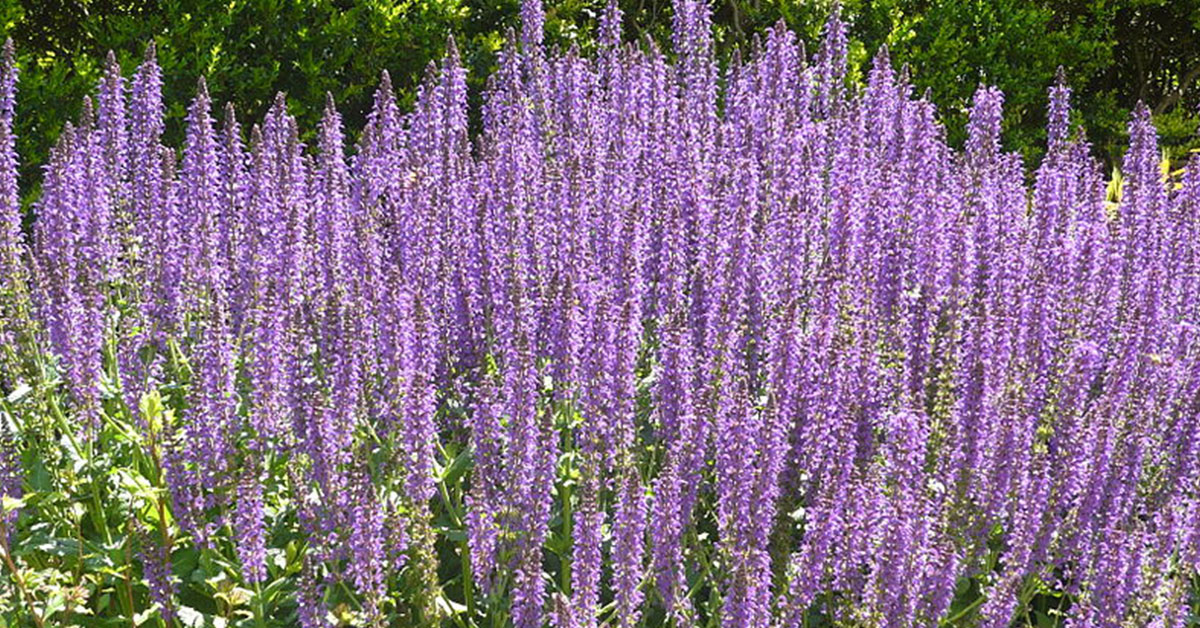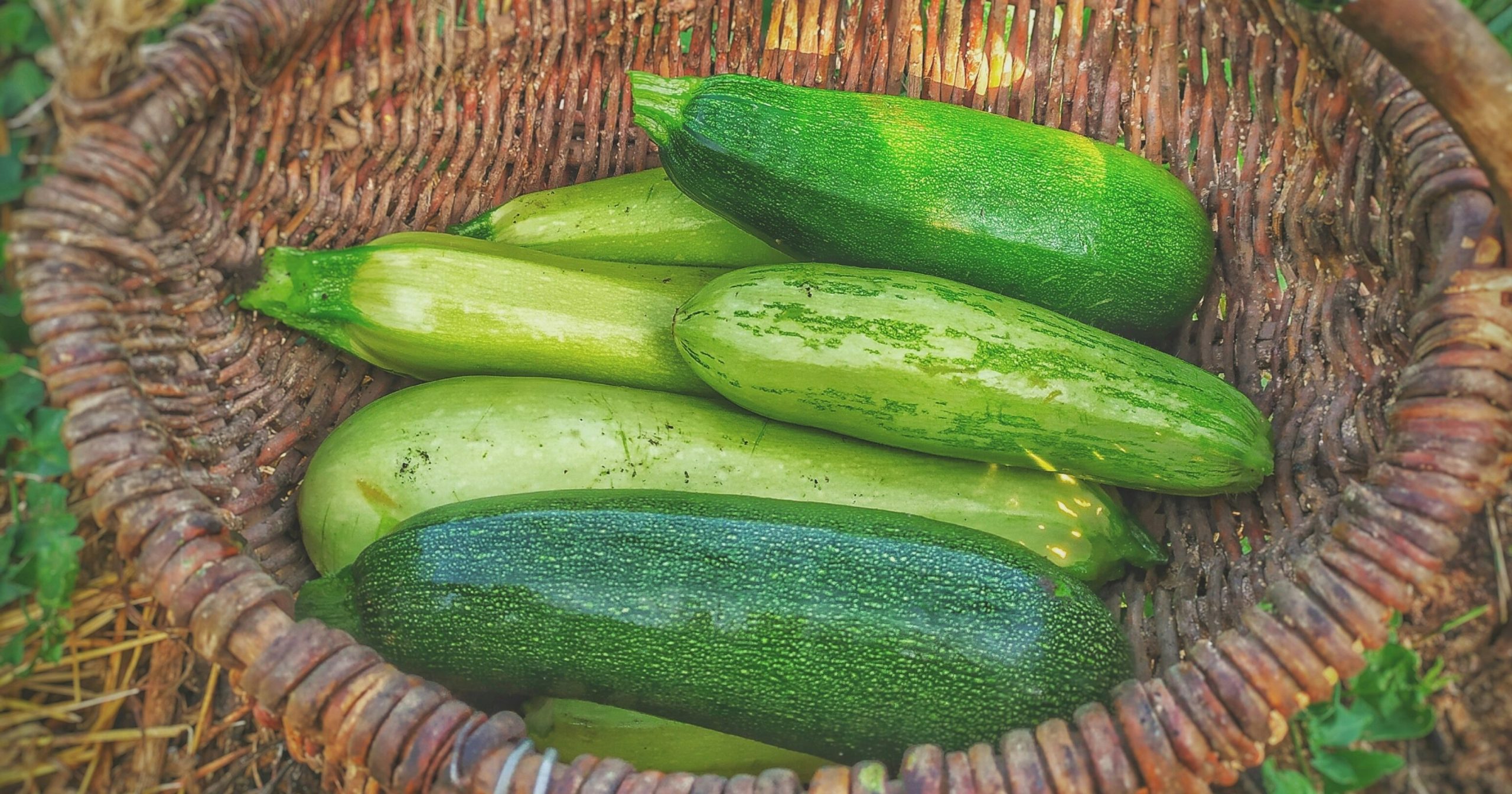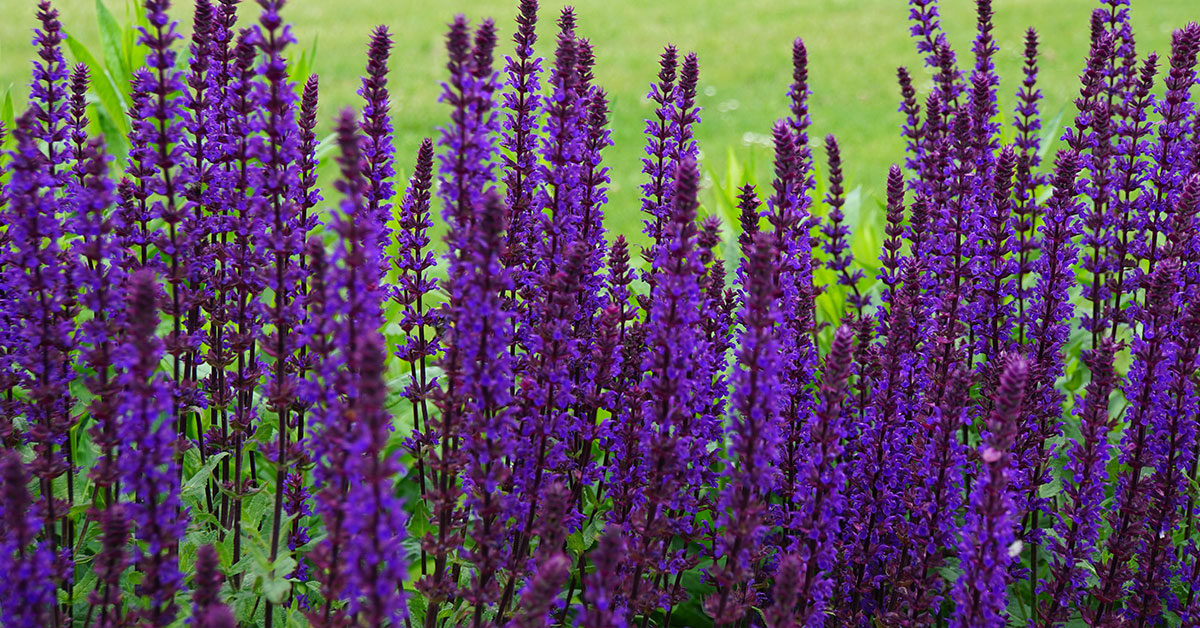Gardening in Zone 5 can be a truly rewarding experience, filled with a multitude of colors, scents, and textures that charm through the changing seasons. With a wide variety of hardy and beautiful perennials well-suited to this region’s distinctive climate, your garden can be a continually unfolding spectacle from the first touch of spring to the final days of fall.
In this comprehensive guide, we’re thrilled to introduce you to 25 outstanding perennial flowers that not only survive but thrive in Zone 5. From the majesty of the peony to the delicate beauty of the Columbine, these are plants that have proven their resilience against the zone’s challenging winters and are ready to erupt in a riot of color when the warmer months roll in.
Beyond merely listing these plant varieties, we will offer essential insights into their care, optimal growing conditions, and unique characteristics. Whether you are seeking perennials for your sun-drenched borders or shadowy nooks, for attracting pollinators or creating captivating color combinations, our curated selection caters to every gardening aspiration.
So, get ready to explore, be inspired, and turn your Zone 5 garden into a vibrant wonderland that bursts with life year after year. It’s time to discover the perennial pleasures of gardening in Zone 5.
Grow these 25 perennial flowers in zone 5!
Zone 5, with its cold winters and warm summers, is home to a plethora of hardy and beautiful perennial flowers that provide an enchanting display year after year. Growing these perennial flowers in zone 5 will reward you with a lush, beautiful garden year after year.
- Black-Eyed Susan (Rudbeckia hirta): Vibrant yellow flowers with dark centers, attracting butterflies and adding a pop of color to the garden.
- Coneflower (Echinacea purpurea): Drought-tolerant and easy to grow, featuring striking purple-pink flowers that attract pollinators.
- Daylily (Hemerocallis spp.): Showy flowers in various colors, blooming profusely and providing reliable beauty.
- Salvia (Salvia spp.): Delicate spikes of vibrant flowers, loved by hummingbirds and bees.
- Peony (Paeonia spp.): Large, fragrant flowers in shades of pink, white, or red, creating a stunning display in early summer.
- Bee Balm (Monarda spp.): Attractive to bees, butterflies, and hummingbirds, showcasing bright clusters of flowers in various colors.
- Coreopsis (Coreopsis spp.): Sun-loving and low-maintenance, offering cheerful yellow or pink blooms.
- Russian Sage (Perovskia atriplicifolia): Silvery foliage and tall spikes of lavender-blue flowers, adding a touch of elegance to the garden.
- Sedum (Sedum spp.): Succulent-like foliage and clusters of colorful flowers, thriving in hot and dry conditions.
- Catmint (Nepeta spp.): Fragrant leaves and lavender-blue flowers, attracting pollinators while deterring pests.
- Balloon Flower (Platycodon grandiflorus): Unique balloon-like buds that open into beautiful blue, pink, or white star-shaped flowers.
- Astilbe (Astilbe spp.): Feathery plumes of flowers in shades of pink, white, or red, thriving in moist, shady areas.
- Bleeding Heart (Dicentra spp.): Heart-shaped flowers dangling from arching stems, adding grace and charm to the garden.
- Coral Bells (Heuchera spp.): Colorful foliage and delicate flowers on slender stalks, suitable for shaded areas.
- Phlox (Phlox spp.): Fragrant, long-lasting blooms in various colors, attracting butterflies and filling the garden with fragrance.
- Hosta (Hosta spp.): Leafy plants with attractive foliage in different shapes, sizes, and colors, thriving in shade.
- Yarrow (Achillea spp.): Flat clusters of flowers in shades of yellow, pink, or red, loved by pollinators and suitable for dry conditions.
- Columbine (Aquilegia spp.): Unique spurred flowers in various colors, attracting hummingbirds and adding a whimsical touch.
- Iris (Iris spp.): Show-stopping blooms in a range of colors, symbolizing elegance and beauty.
- Liatris (Liatris spp.): Tall spikes of fuzzy flowers in shades of purple or white, attracting butterflies and bees.
- Shasta Daisy (Leucanthemum x superbum): Classic white flowers with yellow centers, creating a cheerful and timeless display.
- Japanese Anemone (Anemone hupehensis): Graceful, cup-shaped flowers in shades of pink or white, blooming late in the season.
- Helenium (Helenium spp.): Drought-tolerant and vibrant, with daisy-like flowers in warm hues of orange, red, and yellow.
- Veronica (Veronica spp.): Spikes of small flowers in shades of blue, purple, or pink, attracting pollinators and providing vertical interest.
- Lupines (Lupinus spp.): Grow these tall, spiky flowers in well-drained soil and enjoy their stunning vertical blooms in a range of colors, including blue, purple, and pink.
Tips for growing perennials
Zone 5 presents a distinctive gardening climate characterized by cold winters and a broad range of summer conditions. Here are some tips for successfully growing perennials in Zone 5:
- Choose the Right Plants: While this might seem obvious, it’s the most critical step. Ensure the perennials you select are hardy to Zone 5. Consult plant labels or nursery staff to confirm.
- Timing is Key: The best time to plant perennials in Zone 5 is spring or fall. In spring, aim to plant after the last frost date when the soil is workable. In the fall, plant at least a few weeks before the ground freezes so roots have time to establish.
- Prepare Your Soil: Good soil is the foundation of a successful garden. Most perennials prefer well-drained soil enriched with organic matter. Consider having your soil tested to determine its pH and nutrient levels, then amend accordingly.
- Water Wisely: Regular watering is crucial, especially during the first year when plants are establishing their root systems. After that, watering needs will vary depending on the specific plant and weather conditions.
- Mulch Matters: Apply a layer of mulch around your perennials to help conserve moisture, moderate soil temperatures, and deter weeds. Organic mulches like shredded bark or compost can also enrich the soil as they decompose.
- Feed Your Plants: While many perennials aren’t heavy feeders, an annual application of a balanced slow-release fertilizer in the spring can promote vigorous growth.
- Pruning and Deadheading: Cut back spent flowers to encourage reblooming. In late fall or early spring, cut back old foliage to ground level to keep your plants tidy and healthy.
- Divide When Necessary: Some perennials, like daylilies and hostas, may need dividing every few years to maintain their health and vigor. This also gives you free plants to use in other areas of your garden or to share with friends.
- Winter Protection: Though Zone 5 perennials are cold-hardy, extreme conditions can sometimes be challenging. Consider adding a layer of straw or extra mulch for winter protection.
- Attract Beneficials: Many perennials are great for attracting pollinators. Plant a mix of perennials that bloom at different times to provide a continuous food source.
Remember, gardening is a journey, not a destination. With patience, perseverance, and a spirit of experimentation, your Zone 5 perennial garden can become a thriving oasis of beauty and biodiversity.












